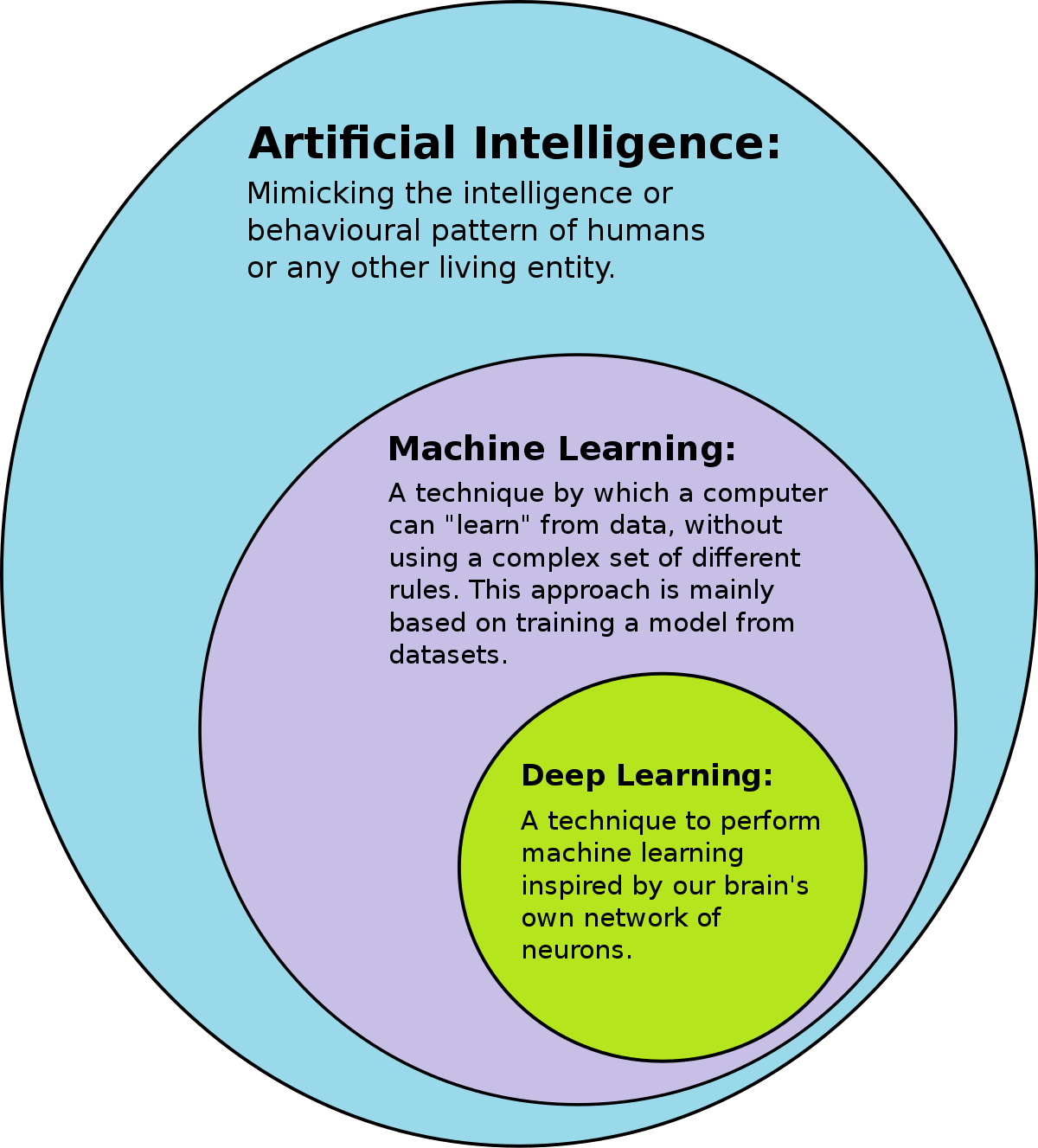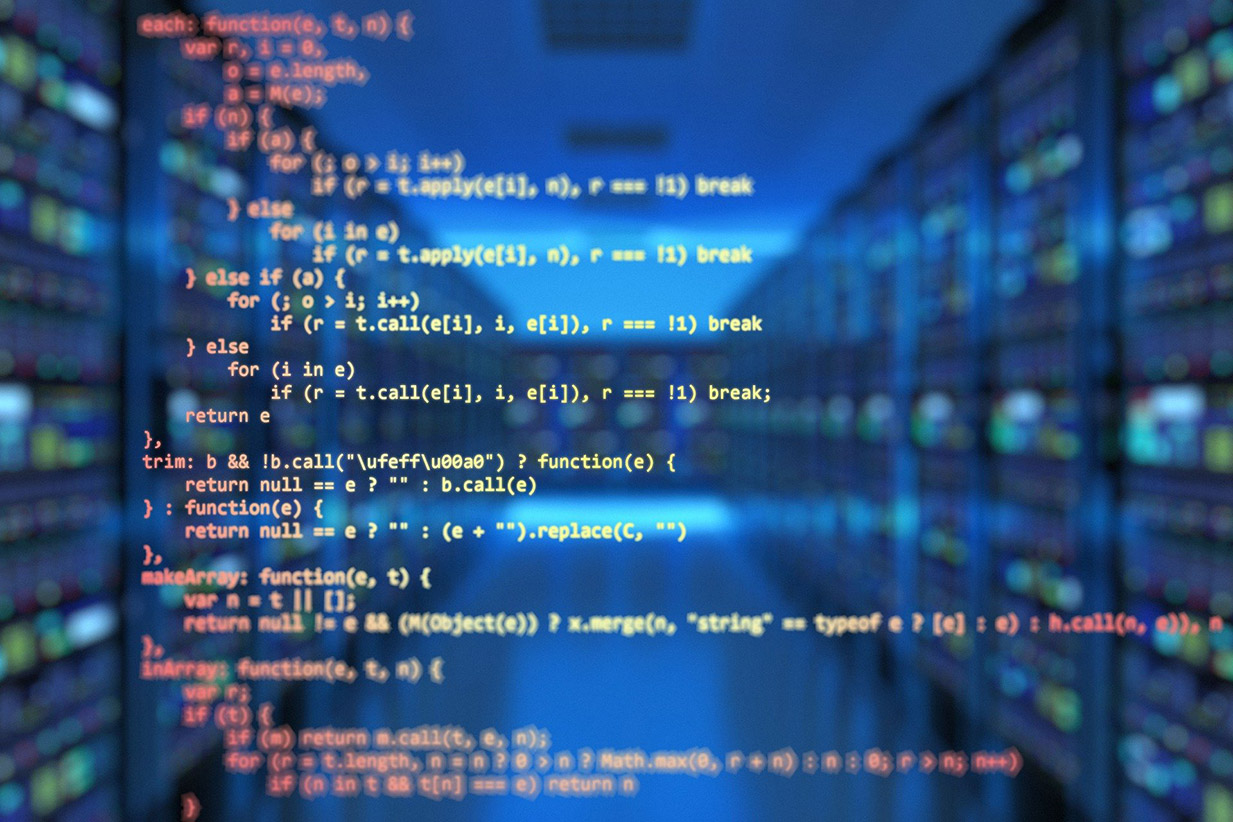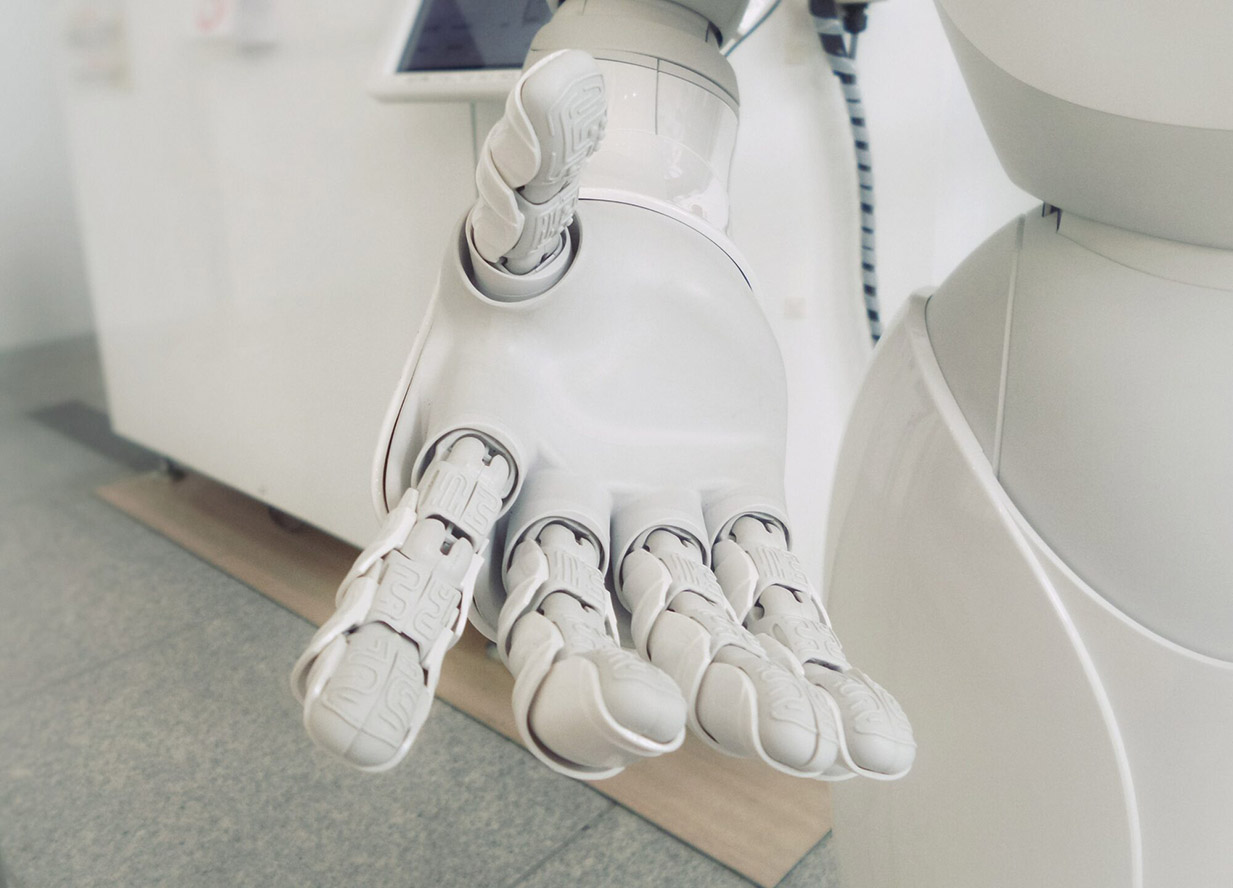There are lots of definitions of Artificial Intelligence (AI), Machine Learning (ML) and Deep Learning (DL), despite this, its importance for the datacenter industry is growing.
AI: What Is It and How Can Datacenters Use It?
The technology has seen exponential growth over the past 15 years, with businesses becoming increasingly reliant on its insights to successfully run their business. Indeed, Andrew Ng -the guru of deep learning and neural networks- states that artificial intelligence is the greatest invention of the 21st century –“the new electricity of our era”.

Put simply, artificial intelligence is intelligence demonstrated by machines, where these machines can take perception of their environment and take some actions in order to achieve their goals -or at least maximize the chances of doing so. How? Keep Reading.
Over the past few years, Datacenters have begun to dabble in the technology and experimenting with how it can help them optimize their operations. Currently, one of the most common ways the industry utilizes AI is to make predictions.
What Are the Benefits of Increasing the Use of AI in Datacenters?
Let’s take a look at some of the other applications that can benefit from increased use of AI.
1. Security: Detect Intruders
Datacenters tend to be in secluded locations where there is not a high influx of humans/ technical operators. There are also others that are completely isolated, this makes security of the datacenter paramount. Just how can AI help ease this burden for datacenter owners and operators?
The most obvious use of AI is facial recognition, who someone is, where they go and what time they enter and leave a datacentre. There are, however, more complex ways in which AI can be used to secure a datacentre. The system can be trained on a baseline of data, identifying common patterns, then looks for unusual events that do not fit those patterns. This could be anything from the amount of traffic around the datacenter to personnel in unusual places at different times to usual. This would then trigger a real-time security alert, ensuring the security of the facility and the equipment remains intact. Datacenters no longer have to rely on human interference which can be slow and expensive.
2. Monitoring of IT Equipment: Detect Anomalies
As datacenters tend to be in isolated areas, it is essential to have real-time information about IT equipment (nodes, servers etc) to react in case anything goes wrong. In this case, there are two different types of AI that may be useful.
The first is Machine Learning: Machine Learning uses direct data from the IT equipment like temperatures, frequencies, and power consumption. This can help to predict when a server will stop working, knowing the time between failures) and predict failures and maintenance of servers and nodes.

In contrast, Deep Learning, despite also utilizing computer vision, the technology works by endowing AI with a camera. The technology can then decide which rack or other server storage (such as a SmartPod) is malfunctioning, decoding light colours and if LED’s are open or not. Using the same technology, it can detect if there is a connector (RJ45, power supply…) or a node that is not working optimally. Moreover, using thermal technology, AI can be trained to detect if a rack has a high heat dissipation. This can be useful to detect if a node that contains a rack/ SmartPod is not working properly.
3. Optimize Operations and Make Smart Business Decisions
Similar to points one and two, AI can be used to optimize the day to day running of a datacenter. Inventory control can be tedious and time consuming. Endowing the AI with a camera, can detect the behaviour of different nodes of a rack/SmartPod:
- If they are well connected (lights are on)
- If they are organized (in the order that they should be)
- If there is a node or other part that should be replaced
- To detect if there is a gap (hole) inside the rack/SmartPod.
In addition to this, AI can help to make smarter business decisions in terms of capacity planning, managing the power load, computing resources, and other IT assets to meet customer demands.
Budgets are becoming increasingly tight across the board for datacenters, AI can help to lessen the burden by offering real-time information on inventor and reducing the need for personnel in this area.

Energy Efficiency Enhancement of a Datacentre
The right temperature is essential to ensuring the well running of a datacenter and optimal performance. When controlled manually this can be difficult to get right and needs 24 hour monitoring. AI can take collect data such as customer load, aisle temperatures and humidities in each data hall and perform an action based on certain trigger or set points. So, if the customer load goes beyond a certain level, cooling infrastructure can be ramped up or down to provide sufficient cooling in the most energy efficient way.
Similar to the technologies described in point 2, AI can be used to endow thermal cameras it may be helpful to detect the correct operation of each rack/SmartPod. If there is a node that consumes too much energy or heat, it can detect the heat points and the cooler points to see the efficiency of the plant and create mitigating actions to improve it.
As energy efficiency becomes more and more of a pressing issue for datacenters, it is likely that this particular use case for AI will grow in the coming years despite not currently being widely adopted.
So, Is AI a Good Thing for Datacenters and What’s Next?
One thing is clear, AI is not going away anytime soon, data production and consumption is higher than ever and still growing. Until now, the datacenter industry has been cautious about its adoption, but this is likely to change in the coming years as AI gets more and more accurate.

With that said, of course, there are questions that still need to be answered or explored; How much information gathering is too intrusive? Is the intrusiveness worth it if it helps keep employees and critical infrastructure safe? These are the kinds of questions that will need to be answered in the near future.
At Submer we are passionate about utilizing AI and similar technologies to help datacenters and businesses reach their business goals, take a look at our innovative solutions here.



